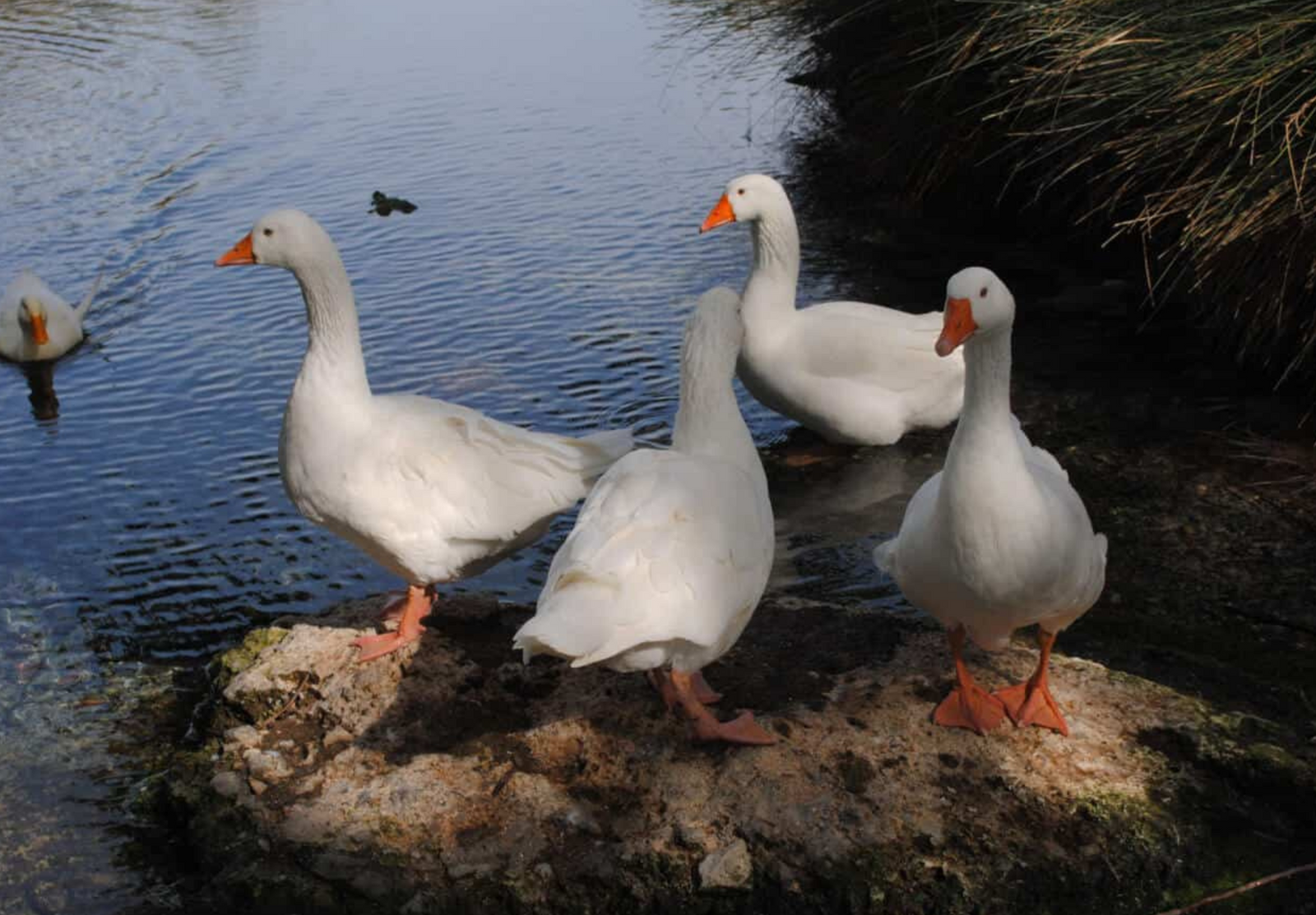What’s the Deal with Down?

From puffer jackets to winter quilts, down feathers have long been considered the gold standard for warmth. But behind those soft, insulating layers lies a reality that’s hard to ignore — one of animal suffering, hidden industry practices, and unsustainable farming.
What is down, really?
Down is the layer of soft, fine feathers found under the tougher exterior feathers of ducks and geese. It’s warm and lightweight — which makes it a common filler for jackets and bedding. But it doesn’t come without serious consequences.
The animal welfare problem
The majority of down is sourced from ducks and geese bred for meat or foie gras. While some brands claim their feathers are collected “ethically,” the truth is harder to verify. In many cases, birds are live-plucked — their feathers painfully removed while they’re still conscious. This can cause severe injuries and repeated trauma.
Even when certifications like the Responsible Down Standard are used, ducks and geese still face confinement, force-feeding (for foie gras), and early slaughter — often just weeks or months into their natural lifespan.
Let’s be clear: all down involves killing. There’s no such thing as cruelty-free animal down.
Is down sustainable? Not really.
Some argue that down is biodegradable — and technically, it is. But when it’s sewn inside synthetic outer shells (like polyester puffer jackets), that biodegradability is blocked. And since most of these outer shells take hundreds of years to break down, the environmental benefit is mostly lost.
The animal agriculture needed to produce down also:
-
Consumes land and water,
-
Produces waste runoff that pollutes waterways,
-
And contributes to greenhouse gas emissions.
Better options: innovation without the cruelty
Thankfully, there are some brilliant, animal-free alternatives that offer warmth, durability, and peace of mind:
-
PrimaLoft® Bio – made from recycled plastic, biodegradable, and water-resistant.
-
Flowerdown – created from wildflowers and natural polymers.
-
Thermore® – a durable fill made from 100% recycled PET bottles.
-
Recycled fibres – many outerwear brands are now using reclaimed insulation from post-consumer waste.
These options not only avoid animal cruelty, they often perform better in wet conditions, don’t trap mould or odours, and can even have a smaller carbon footprint.
Our approach at Devina Louise
We believe in fashion that’s kind — to animals, the planet, and the people who wear it. That’s why we use only natural, cruelty-free fibres, and when we need warmth, we turn to ethical wool or low-impact natural blends. We avoid animal down altogether, because no jacket is worth that suffering.
In short?
Down feathers don’t align with ethical fashion. If you’re looking for warmth this winter, go for alternatives that are innovative, sustainable, and cruelty-free — and always ask questions about where and how your clothes are made.
The planet (and the ducks) will thank you.




